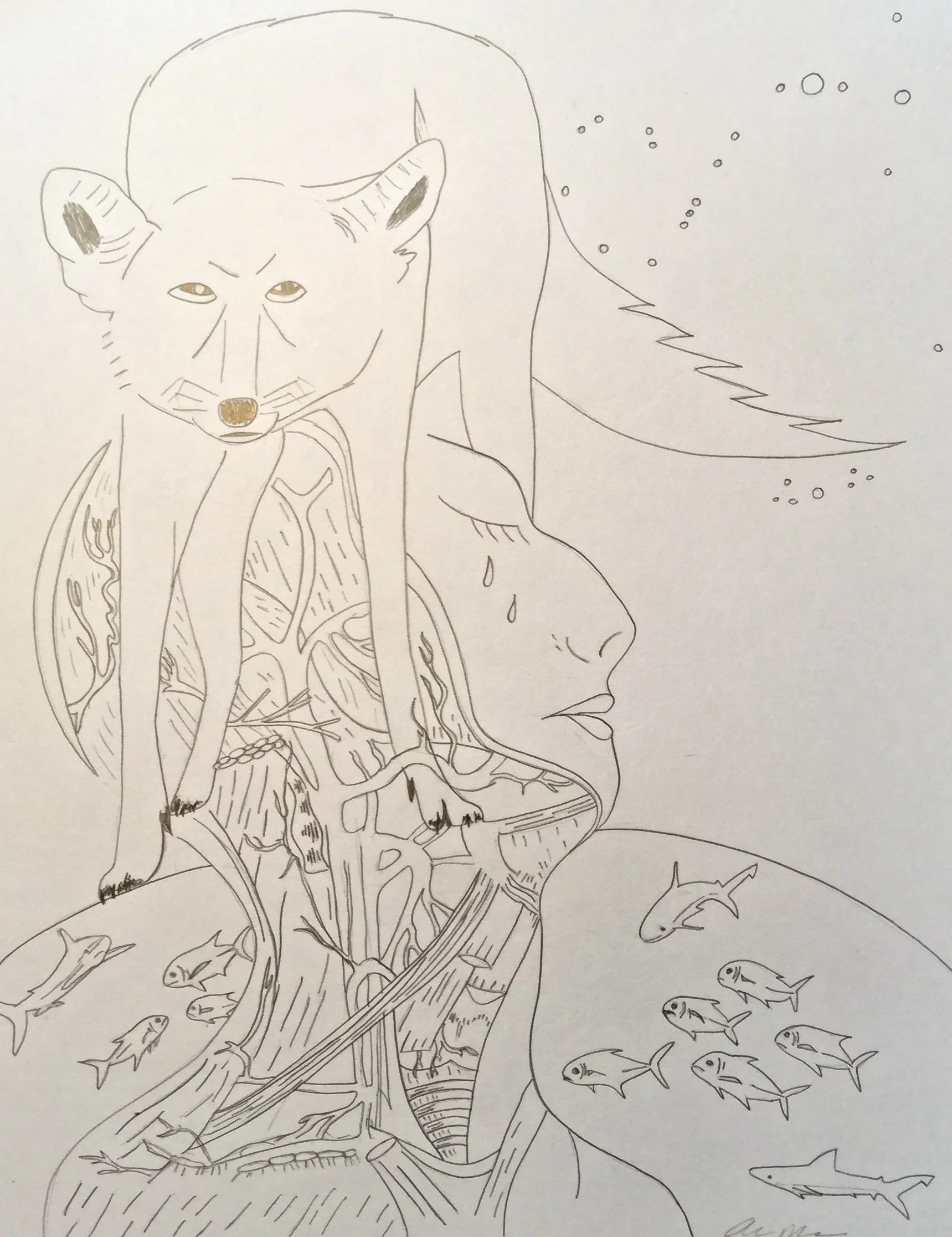Somatic Experiencing® (SE): A Body-Centered Approach to Healing Trauma
Somatic Experiencing® (SE) is a gentle, evidence-based therapy designed to help individuals recover from trauma, stress, and anxiety by reconnecting with the body's natural ability to heal.
Developed by Dr. Peter A. Levine, SE is rooted in the understanding that trauma is not just a mental or emotional experience. It is also stored in the body.
By working with the body's sensations and nervous system, SE helps release trapped energy and restore balance.
Even the deepest wounds can be seeds of resilience.
-
Somatic Experiencing® (SE) is a therapeutic approach that focuses on resolving the physical and emotional effects of trauma. Unlike traditional talk therapy, SE emphasizes the body's role in healing. Trauma can overwhelm the nervous system, leaving the body stuck in survival responses like fight, flight, freeze, or fawn. SE helps individuals gently release these responses and return to a state of adaptive resilience. Learn More
-
SE works by guiding individuals to notice and track their bodily sensations, emotions, and impulses in a safe and supportive environment.
Through this process, clients learn to:
Release Trapped Energy: Trauma leaves an imprint of unresolved survival energy in the body. SE supports the gentle discharge of this energy releasing small amounts at a time, so it is more easily metabolized. This allows the body to process the experience and integrate new ways of being. Trauma occurs when experiences are too soon, too much, too fast. We respect the pace set by the body to support optimum integration.
Regulate the Nervous System: We explore what the body needs to feel safe “enough” and create a list of personalized tools and resources to wire new patterns of awareness into the brain and body. As we learn to recognize physiological responses we then adopt new ways of approaching life informed by what the body needs in the specific moment. This increases adaptability in the nervous system and overtime we widen the window of tolerance for charge in the system. We are no longer stuck in the on or off position but flow through the various responses with more ease.
Build Resilience: SE helps individuals develop a greater capacity to handle stress and the many physical and emotional challenges we meet along the way. Listening to the body builds reciprocal trust in our capacity to respond to challenge.
-
Orientation: using the environment and senses to access a present sense of here and now.
Resourcing: identifying and enhancing awareness of internal and external resources (e.g., feelings of safety, supportive relationships) to support the healing process.
Titration: working in small, manageable steps to avoid nervous system overload.
Pendulation: moving between states of activation (e.g., stress or fear) and relaxation or support, building tolerance for difficult emotions and sensations.
Coupling Dynamics: building awareness of coupling dynamics and moving out of the extremes of overcoupled or undercoupled experience.
Completion of Survival Responses: SE helps the body complete interrupted survival responses allowing the nervous system to return more easily to equilibrium after a challenge.
-
As mammals with an integral need for connection, healing is both an individual and collective process. When facing trauma that has long been held in the body having a trusted companion can ease the fear and discomfort through co-regulation and presence.
Together we can follow the unique rhythms ebbing and flowing between two vortices, one that encompasses the unbearable experience and the other that provides gentle resource.
-
The protective survival response can take the form of dissociative patterns, numbing, pain, minimization, and uncoupled or overcoupled awareness to aspects within ourselves, behaviors, and surroundings.
-
One way to build resilience within the experience of trauma is through the titrated witnessing of sensation and emotion. Our brain is infinitely wise in protecting us from overwhelm by keeping awareness distant from the body until there is enough safety to become present to our experience. Though building capacity to be with what was once intolerable we encourage an embodied resilience.
-
Shock Traumas: Accidents, assaults, medical trauma, birth complications.
Social Traumas: Historical/Systemic: Oppression, colonialism, racism, casteism, LGBTQ+ discrimination; Violence/Conflict: War, abuse, displacement, human trafficking; Structural Harm: Poverty, healthcare inequity, cultural erasure, stigma (e.g., mental health, disability).
Environmental Traumas: Natural: Earthquakes, wildfires, floods; Human-Made: Oil spills, toxic waste, industrial accidents; Ecological: Climate grief, deforestation, species loss.
Relational & Life Transition Traumas: Loss & Grief: Death of loved ones, pet loss, ambiguous loss (e.g., dementia, estrangement); Divorce/Separation: Family dissolution, custody battles, betrayal trauma; Life Transitions: Job loss, retirement, aging, chronic illness diagnosis, empty nest syndrome; Relational Ruptures: Family estrangement, friendship breakups, community rejection.
Chronic Stress & Illness: Burnout, workplace exploitation, caregiving fatigue, chronic pain, autoimmune conditions, toxic exposure (e.g., mold, chemicals).
Mental Health Challenges: Anxiety/depression rooted in unresolved trauma, PTSD, complex trauma (CPTSD), dissociation.
Physical Symptoms: Unexplained pain, migraines, digestive issues, tension.
Brain/Body Processing Differences: Neurodivergence: Sensory overload, interoceptive challenges (e.g., autism, ADHD); Communication Styles: Nonverbal/nonlinear processing, verbal fatigue.
Developmental & Identity-Based Traumas: Childhood Trauma: Neglect, attachment wounds, bullying, adoption/foster care trauma; Identity Struggles: Gender dysphoria, coming out trauma, cultural assimilation stress; Systemic Identity Harm: Racism, ableism, fatphobia, religious persecution.
Generational & Ancestral Traumas: Inherited family patterns: Addiction cycles, silenced histories, diaspora displacement; Cultural/collective trauma: Genocide survivorship, forced migration legacies.
Vicarious & Occupational Traumas: Caregiving Roles: Therapists, nurses, first responders, social workers; Witnessing Trauma: Journalists, activists, family members of traumatized individuals.
Spiritual & Existential Traumas: Crises of faith, religious abuse, existential dread (e.g., climate anxiety, mortality); Loss of meaning/purpose after major life disruptions.
